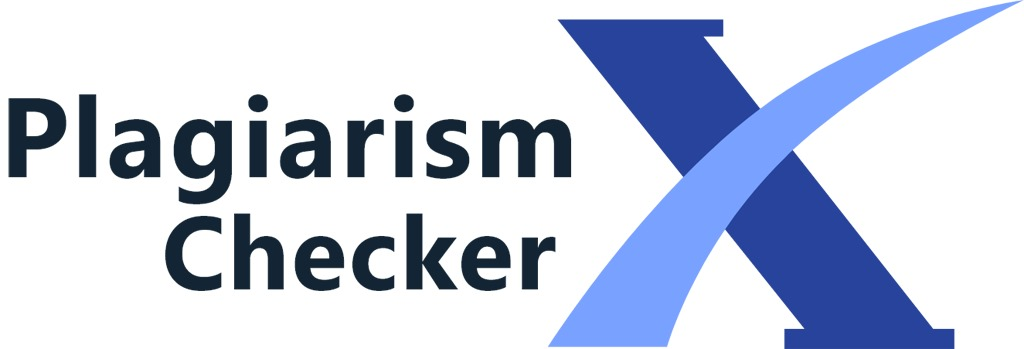Spinal Muscular Atrophy Cases and Therapeutic Pathways in Cities in Western Libya
DOI:
https://doi.org/10.26629/uzjms.2025.04Keywords:
Spinal muscular atrophy, neuromuscular disease, physiotherapy.Abstract
Autosomal recessive mutations in the survival motor neuron1 (SMN1) gene cause spinal muscular atrophy (SMA), which is
characterized by increasing muscle weakening and motor neuron loss. It is important to diagnose the disease and start
treatment procedures early to achieve the best possible outcome. In this study, we will shed light on this disease and the
most important therapeutic pathways that have been taken to stop or slow its progression and improve the patient's quality of
life, with restriction the cases in western region cities of Libya. Identical questionnaire, made up of 15 questions. The data
then was evaluated by Microsoft Excel software for analysis. As a result of this study, with regard to region, gender, and type
of atrophy, male atrophy patients - in the Al-zawia region - with types I and III have the highest rate among all data, As for
gender, the matter is similar to what we saw in another study entitled (Gender difference in patients with SMA - Are males
more susceptible to infection), where the number of males was greater than females. According to our research, the western
part of Libya has a low rate of adoption of novel and creative treatments for the treatment of illness. (less than 50% using
risdiplam and nusinersin). In conclusion this study shows that spinal muscular atrophy affects males more than females and
that physical therapy alleviates in most cases the postural symptoms that affect patients due to atrophy and weakness of the
muscles resulting from their inactivity. As for the small group that took the medicine before its arrival, it is likely that they
obtained it outside the country. Most patients suffer from difficulty breathing, spinal problems, and psychological problems,
which increases the need for multidisciplinary care.












